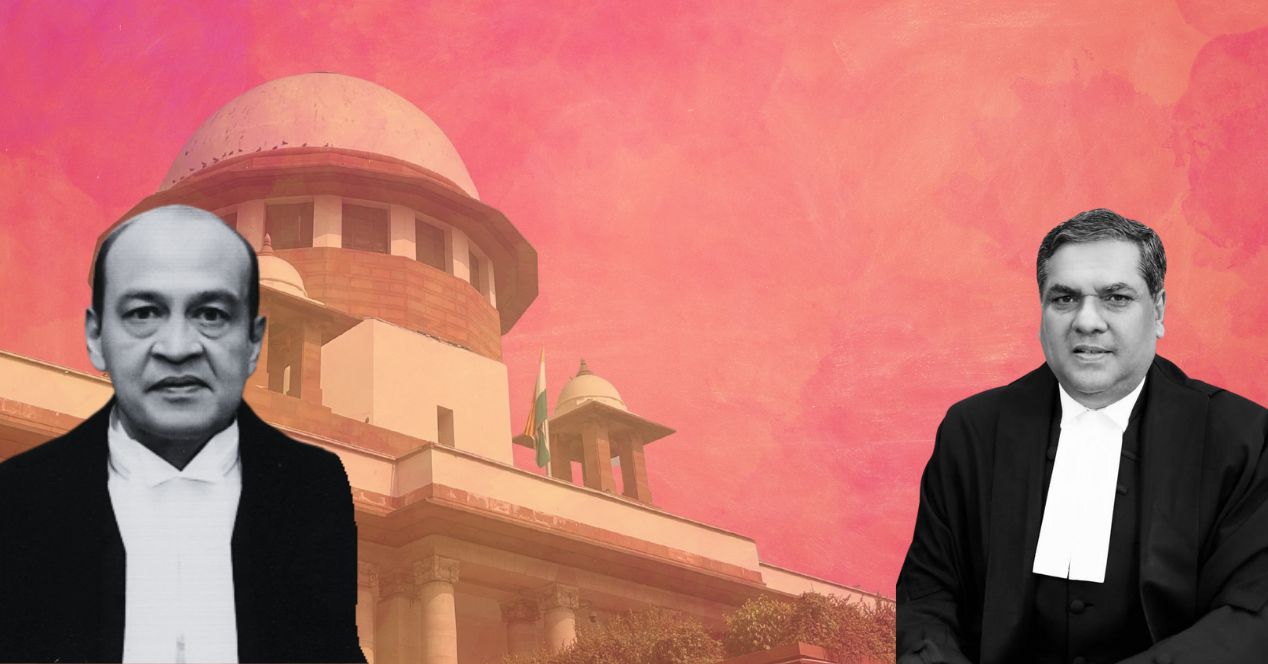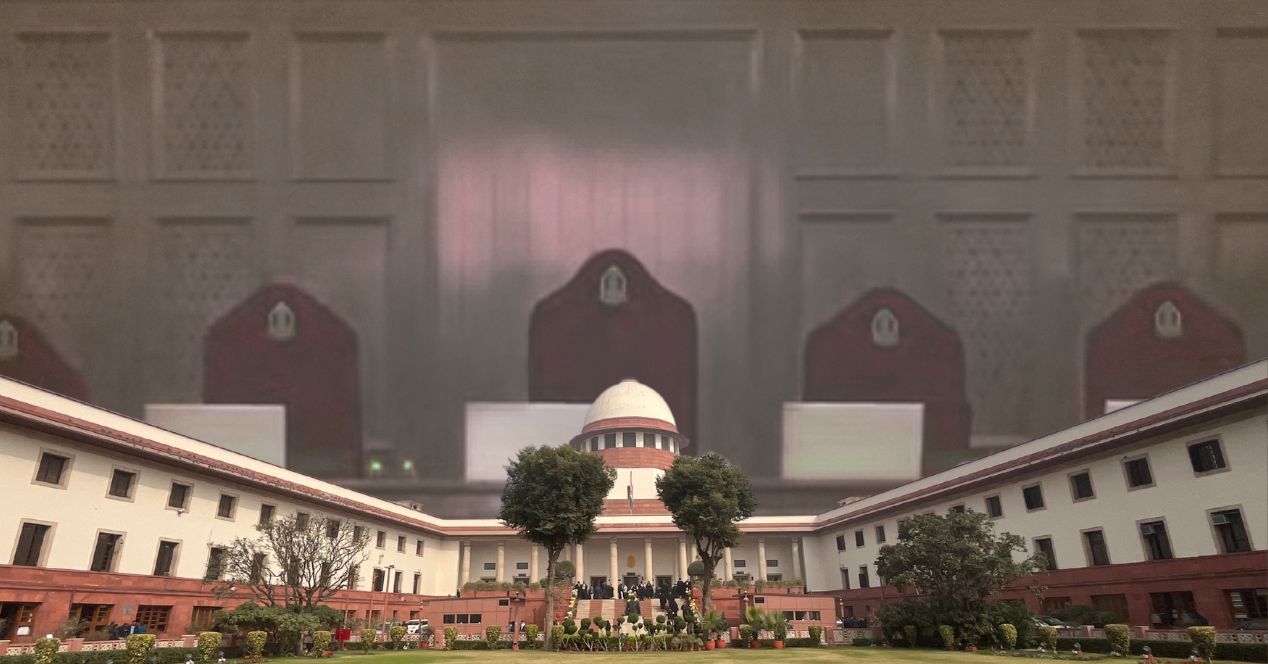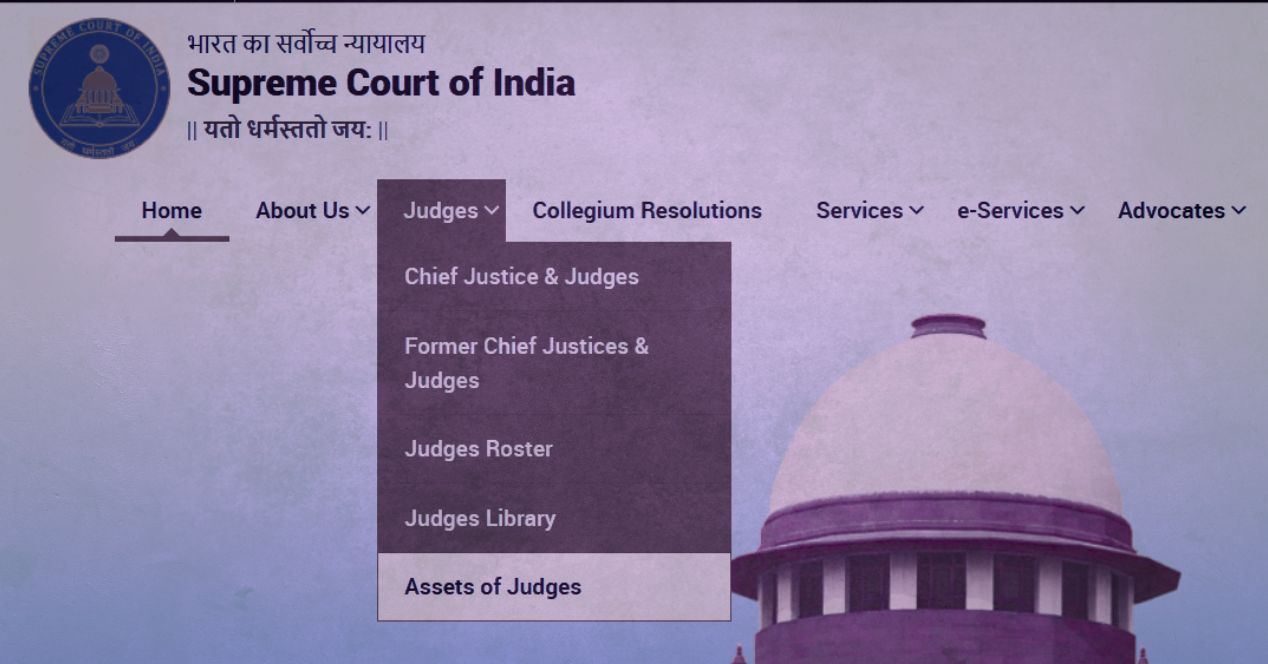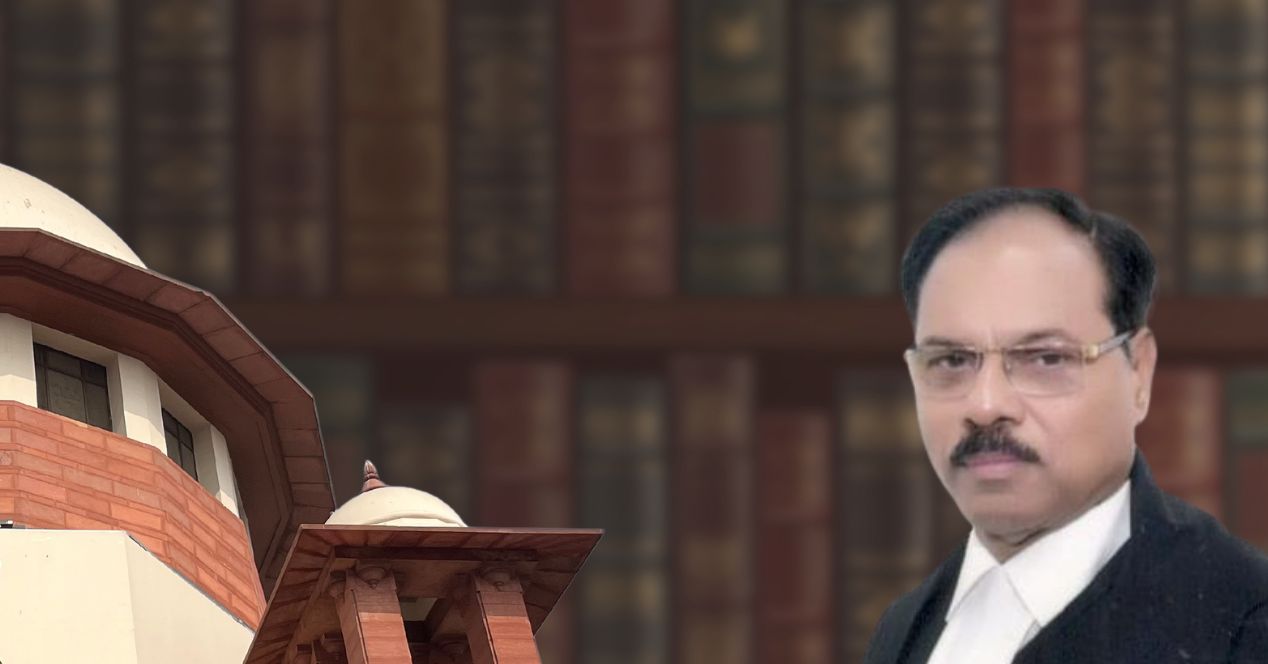Analysis
Judge inquiry: The opacity of the in-house process
The CJI’s power to recommend removal of a judge on the basis of an in-house committee’s report may be diluting the separation of powers
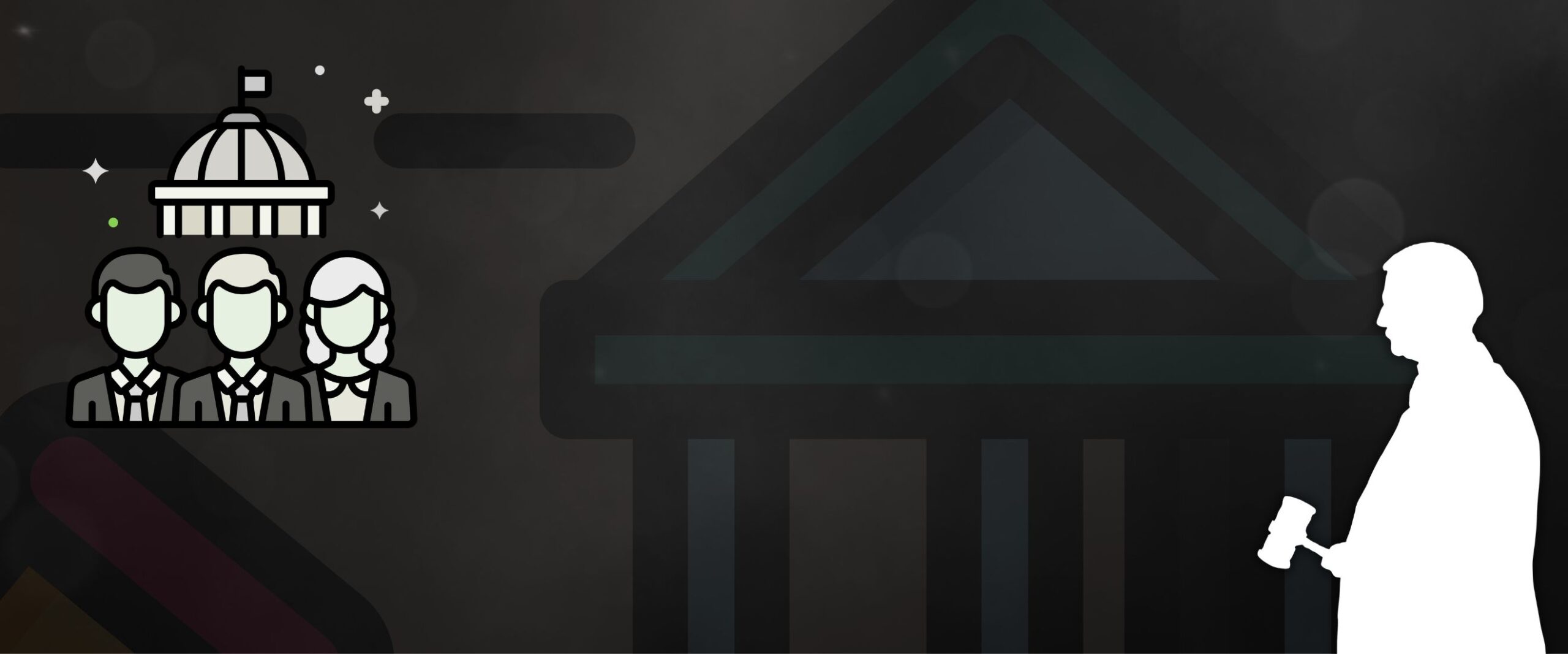
On 22 March, Chief Justice Sanjiv Khanna constituted a three-member in-house inquiry committee to investigate the cash discovered in a fire-fighting operation at the residence of former Delhi High Court judge Yashwant Varma.
According to the in-house procedure, a committee comprising two Chief Justices and one judge of a High Court shall hold a fact-finding inquiry. The concerned judge is entitled to appear before this committee and have their say. However, as this is not a formal judicial inquiry, there is no provision for witness examination, cross-examination and legal representation. This is one of the main reasons the in-house procedure is different from the ones followed by the inquiry committees established by the Speaker of the Lok Sabha or Chairman of the Rajya Sabha under the Judges (Inquiry) Act, 1968.
In conducting the inquiry, the in-house committee is free to devise its own procedure consistent with the principles of natural justice. There have been eight in-house committees set up so far by the CJI. However, since the reports submitted by these committees are not public, there remains a shroud of mystery over their internal procedure and how they arrived at their findings.
In 2008, then CJI K.G. Balakrishnan set up an in-house committee to investigate the “cash-at-door” allegation against Justice Nirmal Yadav of the Punjab & Haryana High Court. In November 2021, an RTI revealed that even though the three-member committee had found that the “misconduct” was “serious enough” for the initiation of removal proceedings, the CJI had given a clean chit to Justice Yadav. The CBI received sanction to prosecute Justice Yadav only in March 2011. In March 2025, Justice Yadav was acquitted by a CBI court for lack of sufficient evidence.
Contrast this with the reports of the parliamentary committees set up under the Judges Inquiry Act. Of the three concluded inquiries, the ones pertaining to Justices Soumitra Sen and S.K. Gangele are available online. While the report on Justice V. Ramaswami is not available online, its findings are. (We have not added a link to Justice Gangele’s report because it names the complainant in a case of alleged sexual harassment.)
The origins of in-house mechanism
The in-house mechanism was created as a result of the Supreme Court’s judgement in C.Ravichandran Iyer v Justice A.M.Bhattacharjee (1995). The decision noted that it was a mechanism to fill in the “yawning gap” between proved misbehaviour and bad conduct inconsistent with the high office.
In furtherance of the directions issued in this case, the Supreme Court constituted a five-judge committee comprising three judges of the Supreme Court and two senior-most Chief Justices of high courts. The committee’s task was to lay down the “in-house procedure” to take remedial action against judges, who, by their acts of omission or commission, may not have followed the “accepted values of judicial life”. This committee submitted its report in October 1997. Its suggestions were adopted with amendments in a full-court meeting in December 1999.
Inherent flaws in the process
Over the years, the in-house procedure has not seemed to have achieved its intended objectives. Often, judges have been unwilling to cooperate with the process or its conclusions. While the idea has been to avoid the airing of the judiciary’s internal matters in public, the in-house procedure has typically failed to convince judges to resign or seek voluntary retirement if it is found that their misconduct is serious enough to warrant removal.
When the judge refuses, the CJI is expected to write to the President and the Prime Minister to initiate the removal proceedings under the Judges Inquiry Act. If proceedings under the 1968 Act are triggered, it leads to a situation where the details of the matter necessarily enter the public domain, courtesy the publicly available reports filed by the committee set up by the Speaker or Chairman. In such a situation, the discreetness objective of the in-house mechanism stands frustrated.
Moreover, when the CJI recommends to the President and Prime Minister that removal proceedings be initiated against a “non-cooperating” judge, it gives the impression that the removal is sought solely on the grounds of “non-cooperation” and not the actions that preceded the suggestion.
Breaching boundaries
Seen in this context, the inquiry committee set by the Speaker or Chairman risks becoming a formality. When the Chief Justice writes to the executive conveying the in-house committee’s findings, it signals a pre-determined conclusion that the judge should be removed from office through parliamentary proceedings.
To avoid a distortion of what is envisaged under the Judges Inquiry Act, shouldn’t the CJI let the report of the in-house committee speak for itself by placing it in the public domain, instead of advising the government to initiate removal proceedings?
A recommendation from the CJI to the executive to initiate removal proceedings also dilutes the doctrine of separation of powers—removal of a judge has long remained the prerogative of the legislature. There has been no recorded instance of an inquiry committee set up by Parliament taking on record the findings of an investigation conducted by an in-house committee. In fact, in the case of Justice Gangele, the inquiry report expressly noted that it hadn’t taken the in-house report into consideration (more on this later).
There is also a conflict of interest issue at play here. An inquiry committee set up by Parliament must constitute a sitting judge of the Supreme Court, a Chief Justice of a high court and an eminent jurist. Per convention, when setting up the Inquiry Committee, the CJI is called upon to recommend a sitting judge of the top court. But, by this point, we know that the CJI has made up their mind to recommend removal. Therefore, their choice of a judge of the Supreme Court to sit on the Inquiry Committee may be biased to that extent. The presumption of the judge’s neutrality and objectivity may also become suspect.
The precedents
In 1991, Justice V. Ramaswami became the first judge to face removal proceedings under the Judges Inquiry Act. In his case, the in-house committee reported that there was no prima facie evidence against him as inquiries by competent authorities were going on. Justice Ramaswami had challenged the committee’s jurisdiction and refused to answer its questions. He had taken Chief Justice Sabyasachi Mukherji’s suggestion to go on leave pending the inquiry.
In its turn, the Inquiry Committee set up by the Lok Sabha Speaker found sufficient evidence to warrant Justice Ramaswamy’s removal. However, he stayed in office until retirement (without work) as the motion seeking his removal was defeated in the Lok Sabha.
In 2003, an in-house committee exonerated three Karnataka High Court judges from the charge of involvement in a sex scandal. Later, the Supreme Court dismissed a plea to divulge the report of the in-house inquiry in the public domain. In a 2014 judgment, the Court reiterated its decision.
Justice Soumitra Sen of Calcutta High Court was the second judge to face impeachment proceedings in Parliament in 2011. He not only subjected himself to the jurisdiction of the in-house committee, but also defended himself before it. Initially, he refused to abide by its advice to resign. However, he later resigned on 1 September 2011, four days before the Lok Sabha was to discuss the motion against him.
P.D. Dinakaran, Chief Justice of the Sikkim High Court, was the third judge to face impeachment proceedings in Parliament. In this case, the CJI hadn’t set up an in-house committee to probe the allegations. In 2009, the Collegium had recommended his elevation to the Supreme Court. It later rescinded the recommendation following the media exposé. Justice Dinakaran resigned, frustrating the work of the Inquiry Committee set up by the Rajya Sabha Chairman.
The in-house committee set up to inquire into the allegations of sexual harassment against Justice A.K.Ganguly found substance in the complaint made by one of his former interns. Justice Ganguly denied the charges. The matter ended there since he had already retired.
In Justice Gangele’s case, the Inquiry Committee set up by the Rajya Sabha Chairman had resolved not to be influenced by the report of the in-house committee, which had given him a clean chit. An independent investigation by the Committee led to the same conclusion.
In 2018, then CJI Dipak Misra recommended the removal of Allahabad High Court judge Justice S.N. Shukla to the Prime Minister. The in-house committee had found Shukla guilty of favouring a private medical college in his orders. But the matter wasn’t taken up by Parliament. Shukla retired in 2020, after serving in office for almost two years without any judicial work being allotted to him. After his retirement, the CBI registered a case against him.
Infamously, the in-house committee investigating sexual harassment charges against former CJI Rajan Gogoi in 2019, gave him a clean chit. Its report was kept away from the complainant as well as the public. The complainant boycotted the proceedings of the committee after it rejected her plea to be represented by a lawyer. The findings of the committee elicited mixed reactions— a retired judge called it an instance of institutional bias and a Senior Advocate argued that there was no violation of natural justice simply because it was not a judicial inquiry.
Minor measures
If the in-house procedure is truly intended to fill the “yawning gap” between “proved misbehaviour” and “misconduct”, then it ought to have outlined proportionate measures short of initiating removal proceedings. Yet, the procedure remains silent on what such steps or “minor measures” are when allegations are found to have substance but fall short of justifying removal from office.
Measures such as withdrawing judicial and administrative work from the judge until retirement or transferring them to a different high court are fraught with consequences, especially if they are proposed before the in-house committee has completed its inquiry and presented its findings.
In the case of Yashwant Varma, CJI Khanna’s initial direction to the Delhi High Court to withhold judicial work from him might have been guided by the need to ensure the integrity of the in-house committee as well as impartiality of the High Court’s functioning. Justice Khanna was within the scope of his powers to issue this direction, given that a Justice Gangele-related judgement from 2014 allows the Chief to “mould” the in-house procedure keeping in view the “facts and circumstances” of the case.
However, the Chief’s similar direction to the Chief Justice of the Allahabad High Court—where Justice Varma has been transferred and “clandestinely” sworn-in—has invited scrutiny. The Supreme Court Collegium’s decision to transfer Justice Varma to his parent High Court is also bereft of any reasoning, apart from the assertion that it has nothing to do with the in-house inquiry against him.
Further, CJI Khanna’s swift action in initiating the in-house procedure against Justice Varma is in contrast to the lack of any similar action in the case of Justice Shekhar Kumar Yadav, the Allahabad High Court judge.
Reportedly, the Collegium summoned Justice Yadav to New Delhi and reprimanded him for his controversial speech. Neither has there been any official communication from the Supreme Court about this matter, nor has there been any public apology from Justice Yadav. All in all, the happenings in connection with the Justice Yadav case only bear testimony to the opacity of the in-house process.
Given this somewhat chequered and mostly obscured history of in-house inquiries, any update on the report of the committee investigating the allegations against Justice Varma will be watched with interest.

